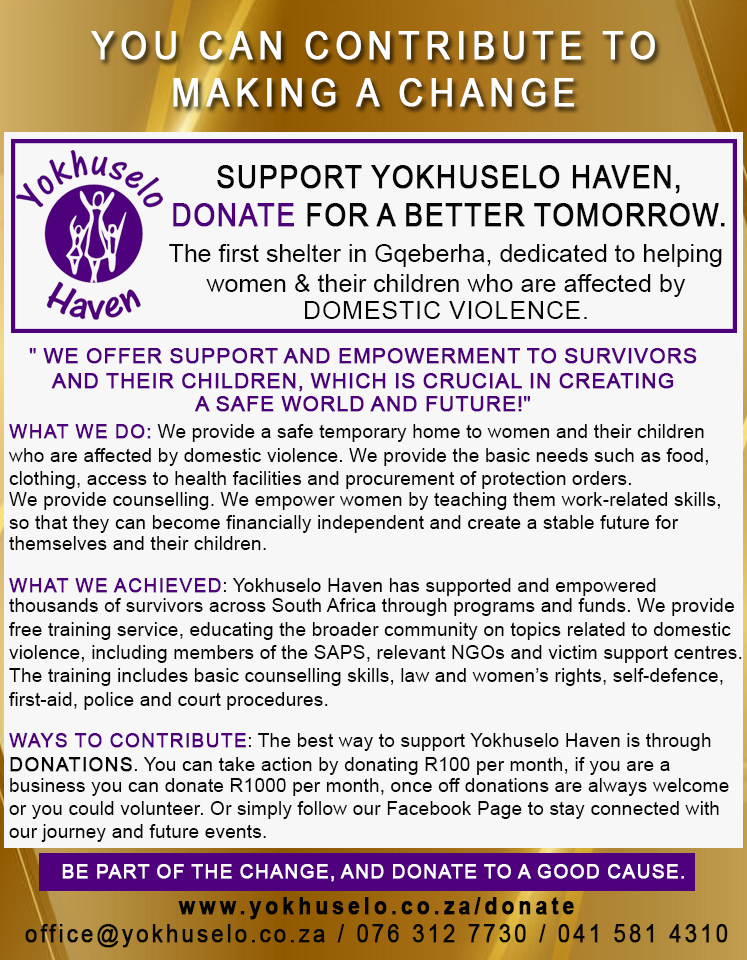We all have three classic responses to fear namely fight, flight and freeze, but according to an article published on The Mighty, there is a fourth trauma response called fawn. These responses are not necessarily harmful as they help “us to respond quickly to threats and get to safety.” However, it becomes problematic when you get stuck in one of these trauma responses.
By Jennilee Peremore
Those “who have lived through prolonged exposure to abuse or trauma (often referred to as complex trauma), the threat never feels like it went away, leaving many individuals stuck in different stress response modes.” Complex trauma is common for victims of domestic violence, for people who experienced the trauma of domestic violence during childhood.
In this article, we explore the different trauma responses to help you identify whether you are experiencing a prolonged trauma response:
1. Fight
With the fight response, the person tries to preserve themselves at all costs. This response usually results “in explosive outbursts of temper, aggressive behaviour, demanding perfection from others, or being unfair in interpersonal confrontations.” An example of this is someone who “lash[es] out in anger at the slightest provocation.”
2. Flight
People who experience the flight response “are usually chronically busy and perfectionistic.” Victims of abuse can use perfection to secure the “love and prevent abandonment by important people in their lives.” This response results in “obsessive thinking or compulsive behaviour, feelings of panic or anxiety, rushing around [and being] unable to sit still or feel relaxed.” An example of this is someone who “avoids interpersonal conflict by immersing herself in work or school.”
3. Freeze
People who experience the freeze response “are often mistrustful of others and generally find comfort in solitude…isolates themselves from the outside world, and [has] difficulty making and acting on decisions. An example is a couch potato or someone that always feels defeated by their inability to make decisions.
4. Fawn
People who experience fawning tend to people-please and are “so accommodating of others’ needs that they often find themselves in co-dependent relationships.”An example of this is someone who “read[s] danger signals and aims to comply and minimise the confrontation to protect themselves.
Conclusion
All the trauma responses, as mentioned above, are equally damaging, “no one response is better or worse than the others.” If you identify with any of these stress responses and find yourself stuck in one of them, it’s essential “to seek the help of a trauma-informed specialist.”
To read the full article on the four stress responses, click here.





